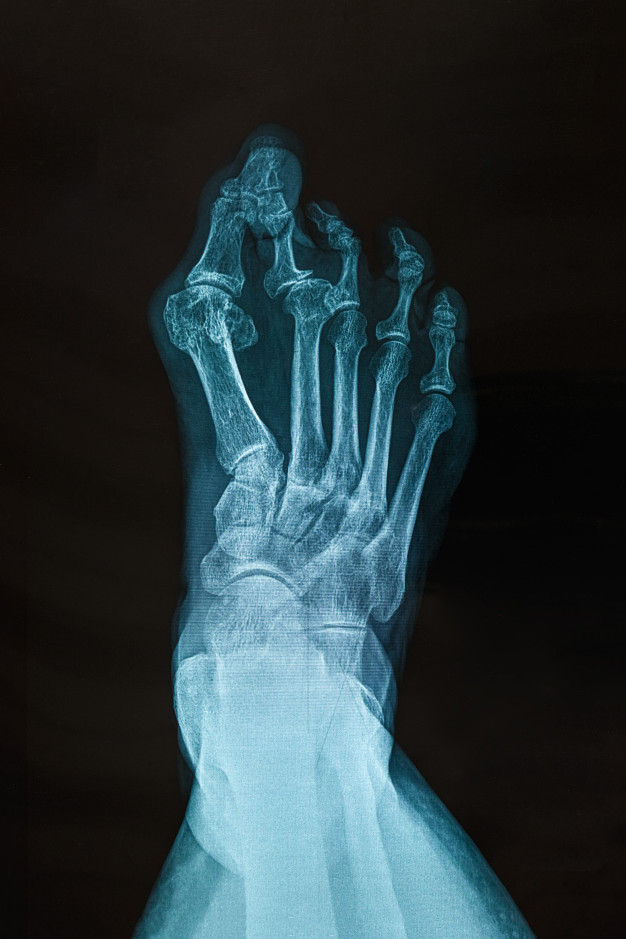TOE DEFORMITIES
The foot has a big toe and 4 small toes. The big toe has 2 bones and 1 joint, whereas the small toes have 3 bones and 2 joints. Toe deformities are common problems that occur due to inadequate biomechanics and diseases, such as Diabetes, affecting these little bones and tissues of the foot. The most common toe deformities are hammertoes, claw toes and mallet toes.
Hammertoes: the toe is bent at the middle joint leading to curling of the toe. Hammer toe is commonly seen in the second toe. Bunions or Hallux valgus are usually associated with a hammertoe of the second toe.
Claw toes: they show an upward bending at the base of the toe followed by the toe bending downwards. This deformity is typically present in stroke patients, neurologic conditions and diabetes.
Mallet toe: similar to hammer toe except that the joint involved is the upper joint instead of the middle joint.
Toe deformities can be present at birth or later in life from wearing ill- fitted shoes or high heeled shoes. Also, certain conditions such as Diabetes, Stroke, Osteoarthritis and Rheumatoid arthritis, affect the functioning of muscles and nerves. This causes tightening of the tendons and ligaments resulting in these deformities.
The symptoms associated with hammertoe, claw toe and mallet toe are similar and include:
-
Feeling pain while wearing shoes
-
Difficulty finding comfortable shoes
-
Calluses
Toe deformities are simply diagnosed by a physical examination of the foot. X-rays will most likely be requested to further assess the anatomy of the foot.

